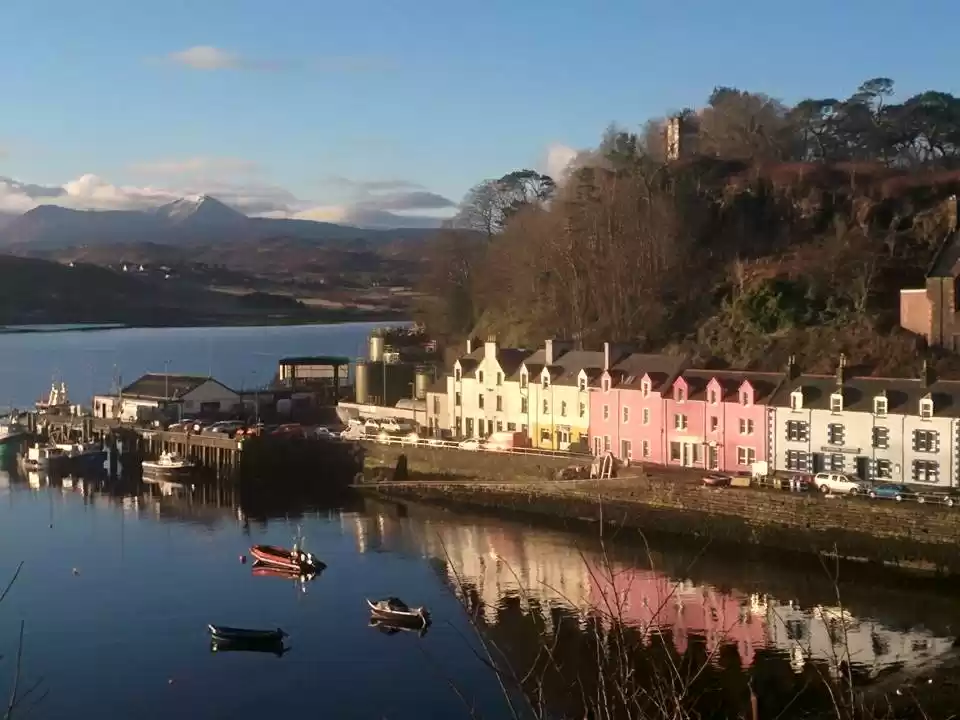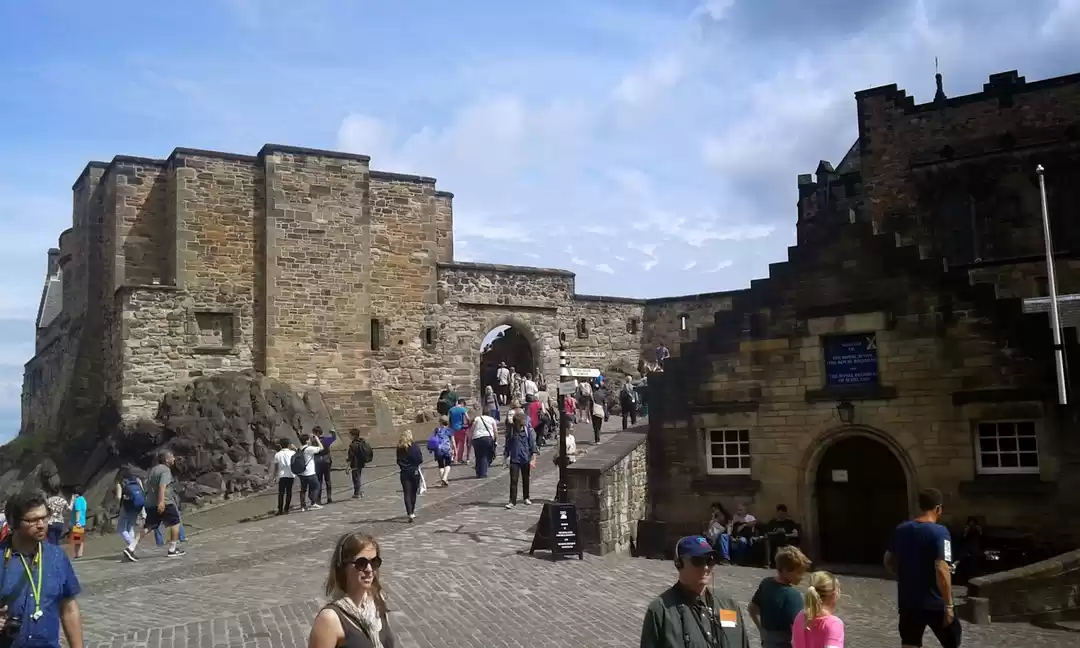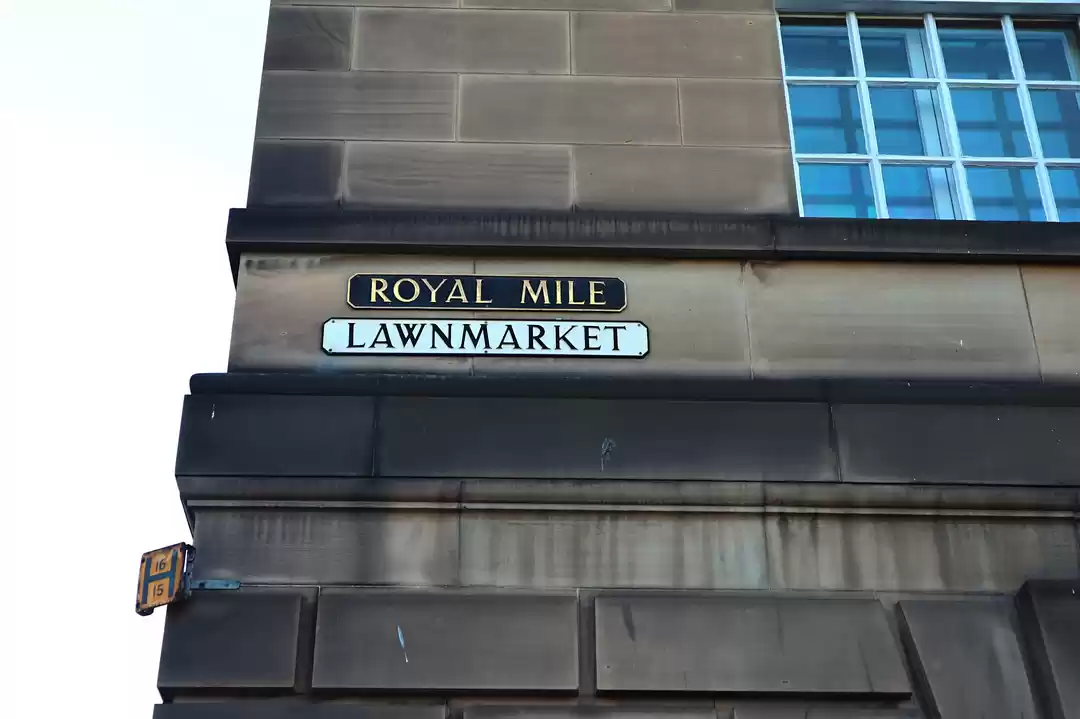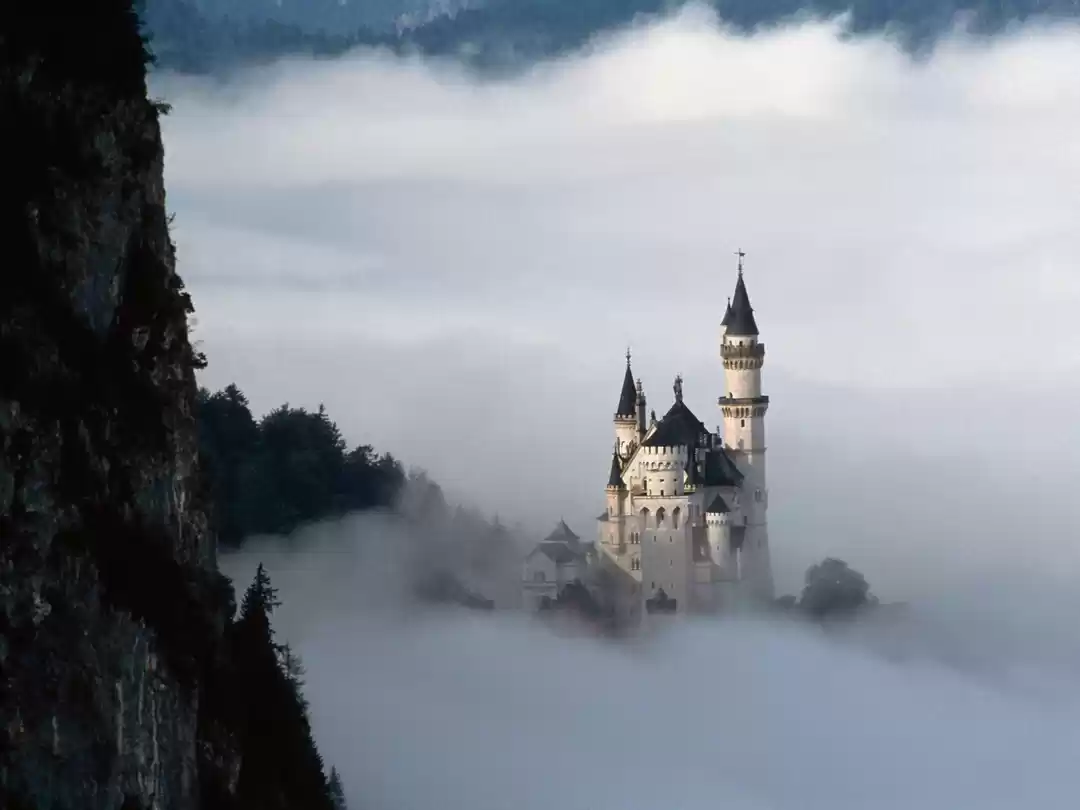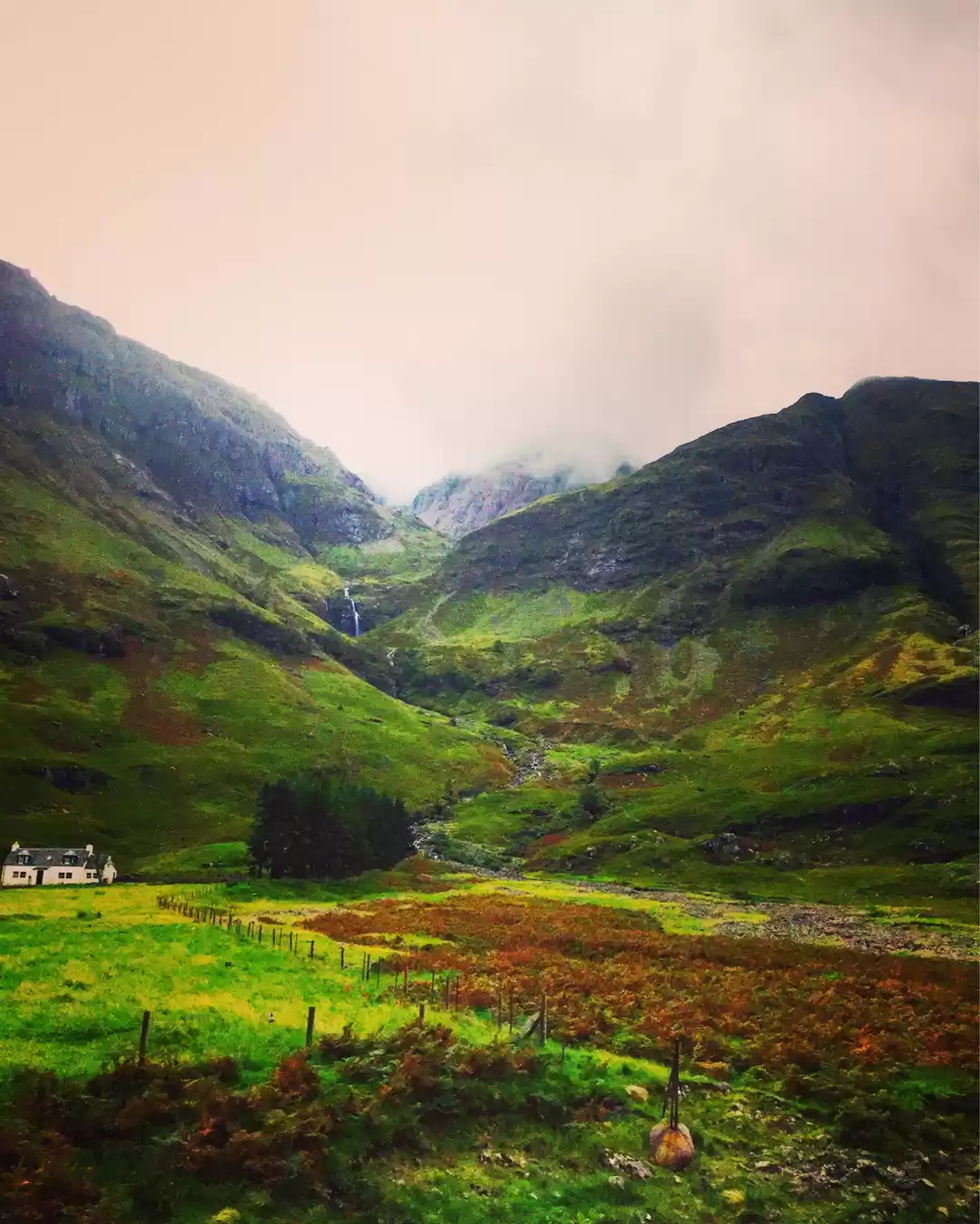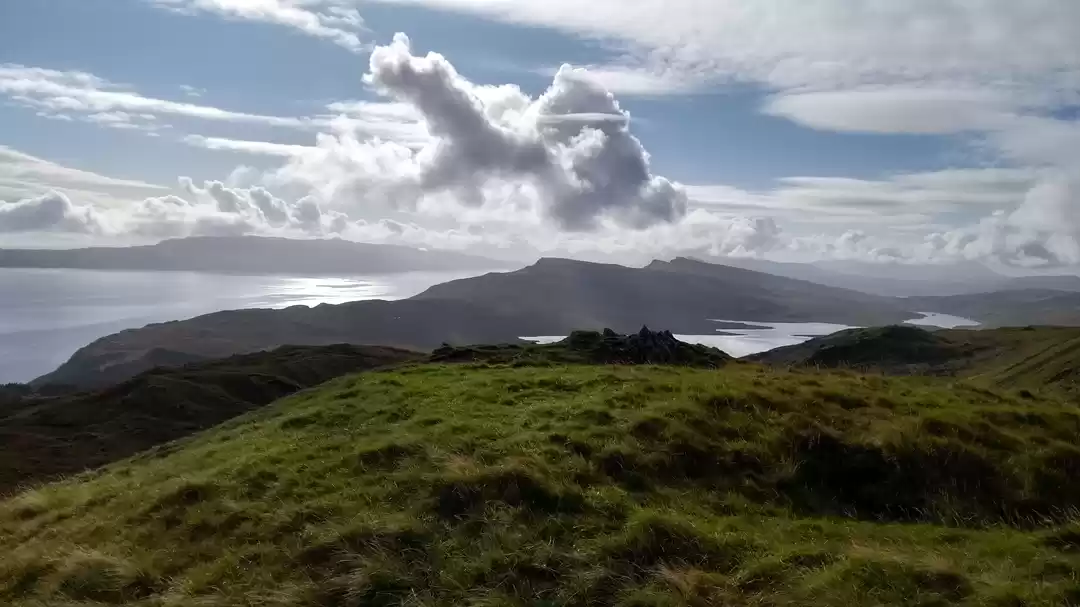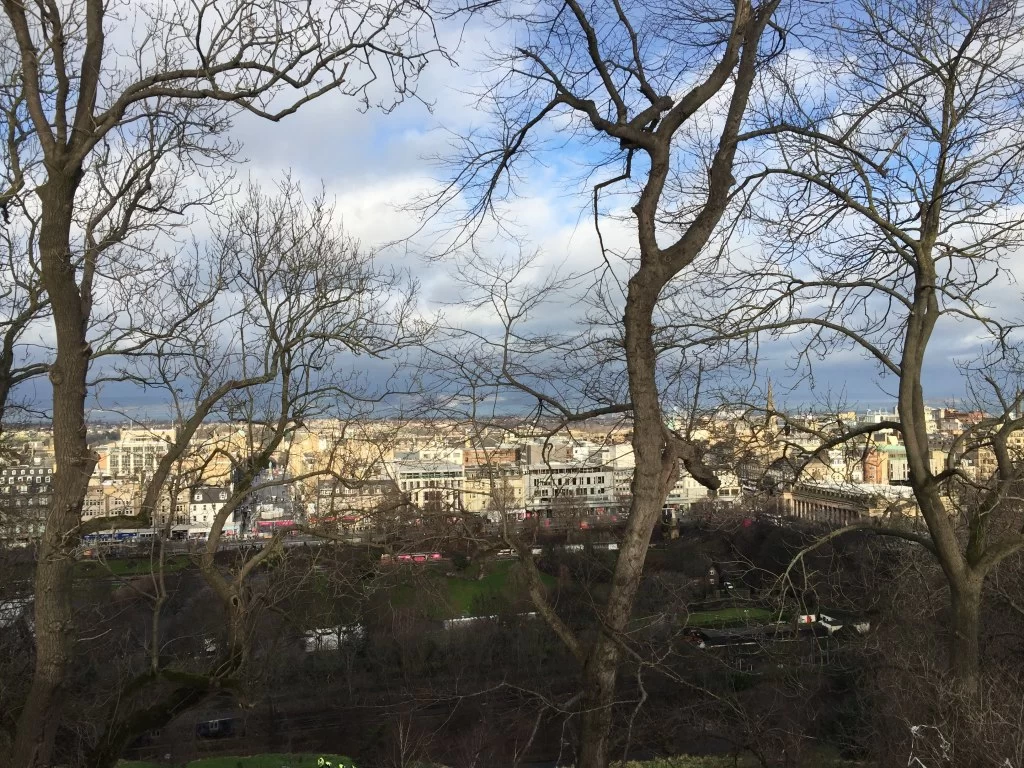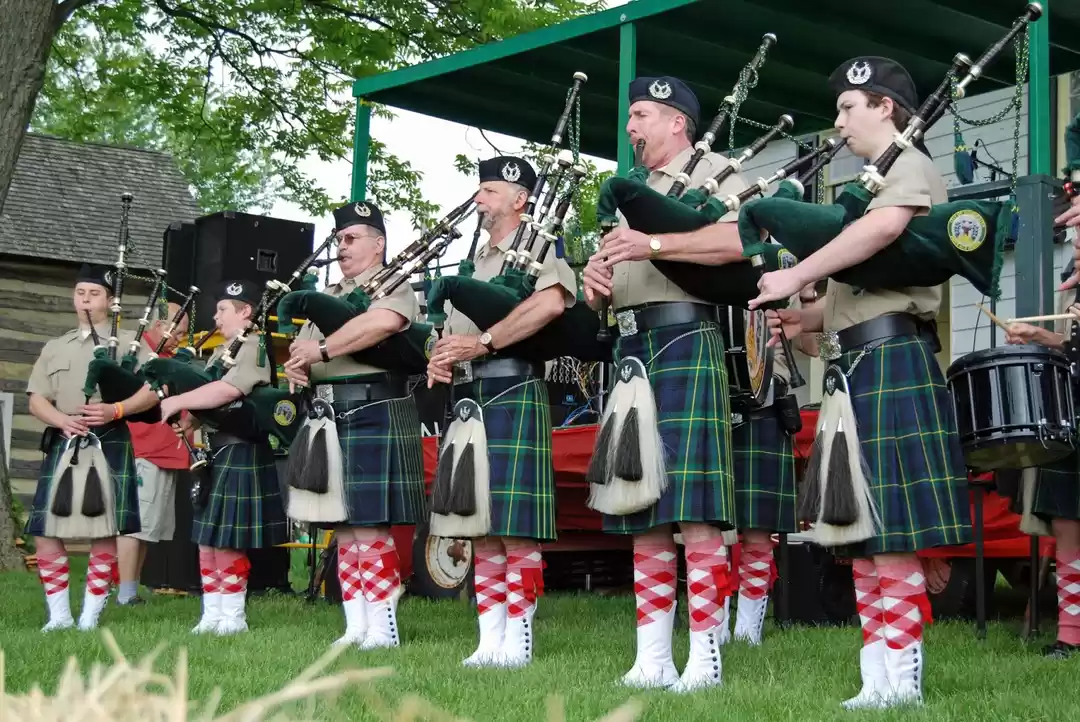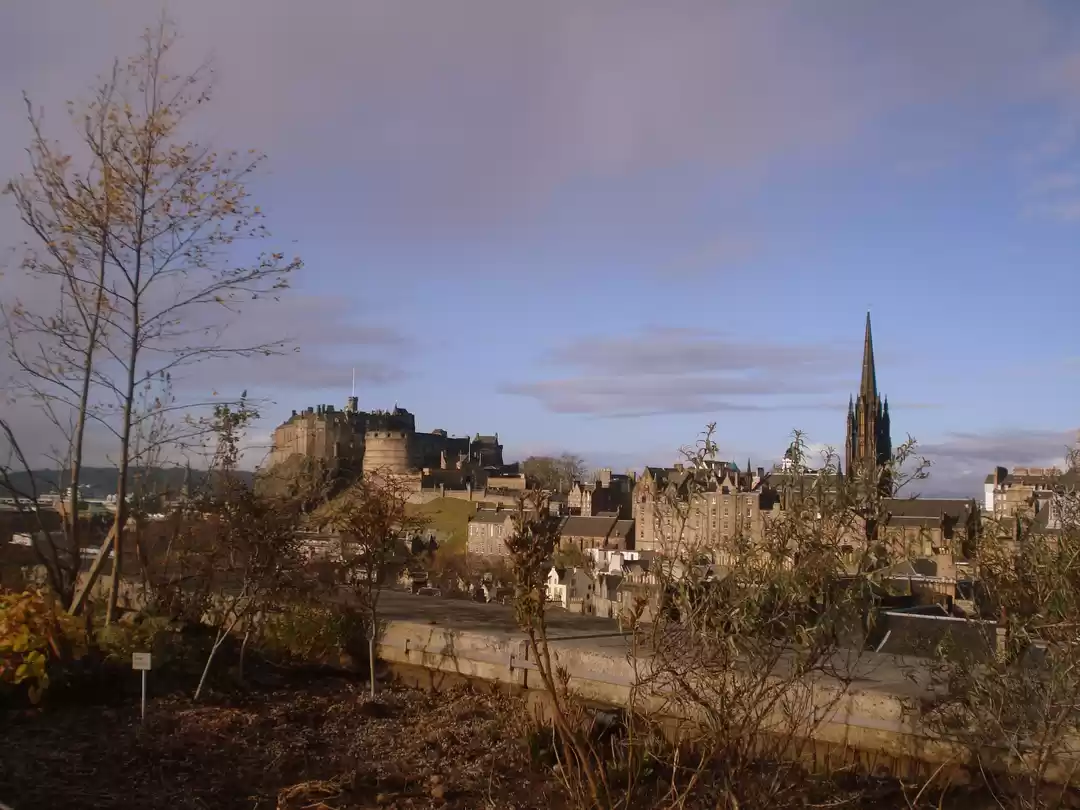
Are you planning your trip to Edinburgh, Scotland? I am pretty sure that you have already added Edinburgh castle to your list. Perched atop a dormant volcano this castle is the hybrid of architectural styles, visual delights and the perfect place to understand the core of Scottish history. Though parts of it still remain in military use, but with record-breaking visitors every year and illustrious history, Edinburgh Castle has now become the world-famous icon of Scotland.
Steeped in culture and rich history as a royal residence, military garrison, prison, and fortress, the castle is standing tall on the castle rock and telling many tales of history, conflicts, and Scottish culture. The moment you decide to climb on Castle Hill, you will walk into the footsteps of soldiers, kings, and queens with the perks of getting a glimpse of history and culture all in one place.
Also, see here for some other best shots from Edinburgh.
Brief History of Edinburgh Castle
Edinburgh Castle is a historic castle which dominates the skyline of Edinburgh.
The castle stands upon the plug of an extinct volcano, which is estimated to have risen about 350 million years ago.
History of castle says that this was build in the early 12th century, and continued at times to be a royal residence until the 15th century. With the decline of the castle's residential role from the 15th century, it was principally used as military barracks with a large garrison by the 17th century. With the recognition of its importance as a part of Scotland's national heritage from the early 19th century onwards, various restoration programs have been carried out over the past century and a half.
For centuries, Edinburgh Castle has faced down hostile forces an incredible 23 times, making it the most besieged place in Great Britain.
Currently, The castle is in the care of Historic Environment Scotland. And needless to say that it is Scotland's most and the United Kingdom's second most-visited tourist attraction.
Our Visit of Edinburgh Castle
Though everyone has their own preferences, I would suggest following an itinerary while visiting this castle. You can also use an audio guide to show you around to relish its true essence.
Here are the highlights from our visit.
For more Information visit Official Site of Edinburgh Castle.
If you like this article then do not forget to share with your friend. Also, let me know your experience in the comment section if you visited this castle before.
The Great Hall
The Great Hall is located in the very heart of the Castle in Crown Square. It's a popular place in the castle to visit. Restored to its medieval splendour, the Great Hall now displays weapons and armour that hint at its military past.
Conclusion
We visited this castle on our first day of the trip and reached early in the morning around 10 am. This way we avoided the crowd and visited the castle at our own pace. I would suggest booking a ticket online in advance to avoid long queues.
And not to mention that this historic castle is a must-visit not only to get the feel of Scottish royal history and military tradition but to witness the amazing architectural design and the spectacular view of the old and new town from the grounds of this castle. If possible plan your visit to this iconic castle during the summer season.
National War Museum
If you want to walk through the historical past of Scotland, then visit the National War Museum inside the castle. We saw some fascinating items in this museum, like letters home from foreign campaigns, Highland broadsword, and chemical warfare suits. You can see the large collection in this museum showing many artefacts used by the Scottish forces over the centuries. Museum also displays famous paintings that also include Robert Gibb's famous The Thin Red Line.
National War Memorial
It is said that one in five Scots who left home to become a part of the First World War and fought for their country never came back.
The National war memorial commemorates the departed souls of the soldiers, and civilians who passed away in both world wars and in conflicts since 1945. This is the place where you can witness the artistic work of Scotland's finest artists and craftspeople. Amazing sculptures and detailed carvings reflecting historic moments from the First World War are truly a treat to the eyes. The memorial has on display quite amazing works which symbolize courage, peace, justice, and survival of the spirit.
Prisons of War
This part of the castle will show you how prisoners and pirates were kept in the vaults below Crown Square during war times. In the 17th and 18th centuries, hundreds of prisoners of war were held in these dark, cramped spaces. You will surely get amazed to see the recreation of the vaults as they would have looked around war times.
We also got to know that most prisoners were sailors or pirates. They came from France, America, Spain, the Netherlands, Ireland, Italy, Denmark, and Poland. They also included American soldiers fighting in the War of Independence.
One o' Clock Gunedin
Just past the Argyle Battery stands the one o'clock gun. This is a 105 mm light gun that fires every day at exactly one p.m. This tradition originated in 1853 when sea captains moored in the nearby port complained that people in Edinburgh had no idea of the time. At this location in the Edinburgh Castle, you can witness the gunshot every afternoon except Sunday and holidays. As we visited the castle in the morning we were lucky enough to see the gunshot in the afternoon.
Argyle Battery
Scotland's military tradition is ancient, powerful, and an inherent part of its national culture. And Edinburgh Castle is the perfect place to get a taste of Scotland's proud military history. After entering through the main entry door of the castle, we had to walk up some stone stairs to reach the area known as the Middle Ward of the castle. It is named in honour of the Duke of Argyll. The Argyle Battery's six guns, plus the adjacent Mill's Mount Battery, formed the main artillery defence on the north side of the castle.











